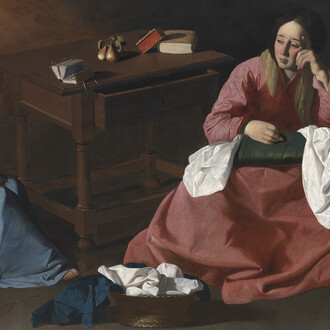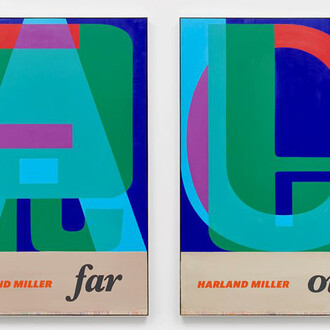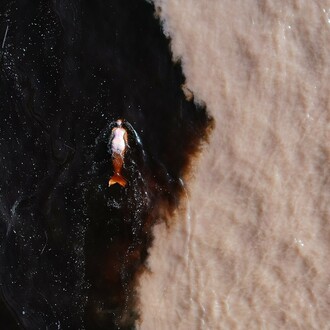The Fine Art Society will present eleven large- scale canvases by the English abstract painter Sandra Blow RA (1925-2006). Spanning a period of almost 30 years, the show will include a number of works which have never been exhibited before.
A pioneer of the abstract art movement in the 1950s, Sandra Blow is best known for her monumental canvases experimenting with abstract form, rhythm, light, space, and texture. Blow introduced a new expressive informality into British art, combining cheap, discarded materials such as sawdust and plaster with the more conventional medium of paint. Her unique manner of abstraction was strongly influenced by the Italian artist Alberto Burri, who she met in Italy in 1946.
Arriving on the London art scene in 1950, Blow quickly received international recognition and went on to exhibit throughout Europe and America alongside the most important artists of the day. Her canvases became increasingly graphic, colourful and exuberant as her career developed, as did her ambition of scale.
Blow moved from London to St Ives in 1994, but continued to participate in every Summer Exhibition at Burlington House, fulfilling her role as a Royal Academician, which she was elected for in 1971. St Ives and the sea inspired the strong but subtle use of colour that characterises a number of canvases featured in this exhibition.
The artist John Mclean described Sandra Blow as “the most amazing colourist and the most original composer of a painting we have had in recent years”, comparing her to the likes of Matisse and Mirò. Indeed, the grand statements presented in this exhibition suggest that her importance is yet to be fully recognised.
Sandra Blow’s work is included in a number of major international private and public collections including the Tate and the Victoria and Albert Museum in London, and the Museum of Modern Art in New York. An exhibition to celebrate Blow's 80th birthday was held at Tate Britain in 2005.



















